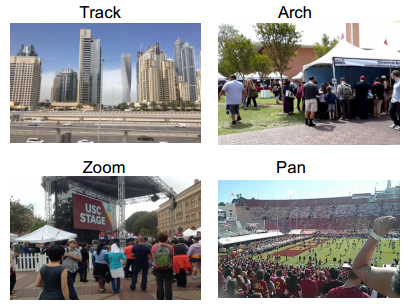With the popularity of sensor-equipped mobile devices, a huge amount of multimedia data, e.g., text, image, audio, video is being generated at unprecedented scale. Harnessing this data for humanitarian efforts, such as disaster response has recently become popular. In disaster response, data triage – prioritizing data collection and data analysis is a crucial phase in disaster response as the generated data, either by human or sensor) is not only large in amount but also noisy.
A popular approach is to prioritize the data based on the importance (i.e., the urgency of having the data and further understand it). Thereafter, the important data will be analyzed first, either by human or machine, to make sense out of it. An alternative approach that we proposed in our recent study [1] is to prioritize the data based on the uncertainty of whether or not the data would enhance the situational awareness during disaster, quantified by information entropy. The reason for using uncertainty as the measure of priority is that if the probability of a bridge being damaged is 99%, we are certain about this event and thus not willing to allocate resources (i.e., human) for interpreting the data (i.e., satellite images of the bridge) associated with the bridge. Instead, it makes more sense to spend more resource to analyze the data that we are uncertain about, i.e., the image of a bridge with 50% chance of being damaged.
In [1], we proposed a framework to assess post-disaster data by giving higher priority to the data that contains more information (larger uncertainty). Thus by assessing the high-priority data first, the framework quickly reduce the total uncertainty of the disaster over time. We evaluated the framework in a case study of inspecting bridges after the 2011 Nisqually earthquake. The results show the superiority of our framework when compared to the current surveying method.
[1] Sasan Tavakkol, Hien To, Seon Ho Kim, Patrick Lynett, and Cyrus Shahabi, An Entropy-based Framework for Efficient Post-disaster Assessment Based on Crowdsourced Data, The 2nd Workshop on Emergency Management using GIS (EM-GIS 2016), San Francisco, USA, October 2016





